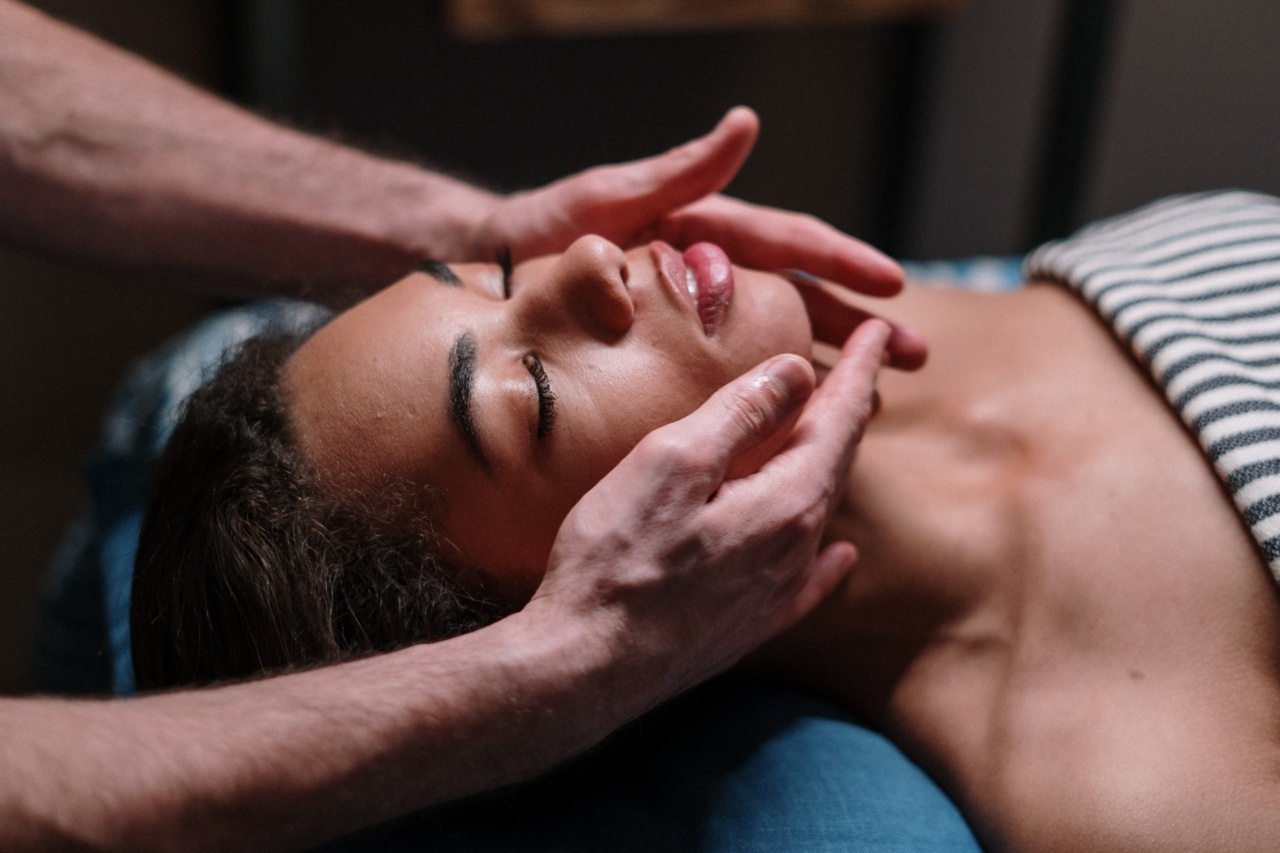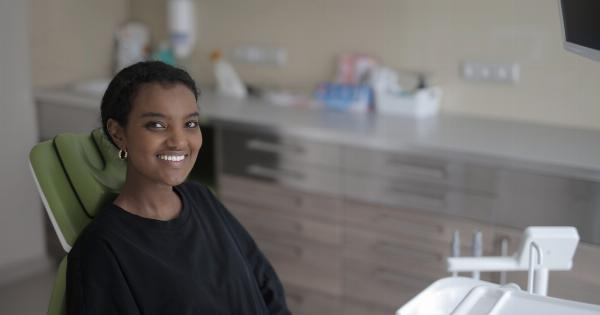Hair folliculitis, also known as folliculitis decalvans, is a common scalp condition characterized by inflammation and infection of the hair follicles. This condition can lead to hair loss, scarring, and considerable discomfort for those affected.
While hair folliculitis can be challenging to manage, several effective treatment options can help alleviate symptoms and promote healing.
1. Topical Antiseptics
Topical antiseptics are often the first line of defense against hair folliculitis. These agents work by eliminating or controlling the bacteria causing the infection.
Common topical antiseptics used in the treatment of hair folliculitis include tea tree oil, hydrogen peroxide, and povidone-iodine. Application instructions may vary depending on the specific product, so it is essential to follow the recommended usage guidelines for optimal results.
2. Antibiotics
In cases where hair folliculitis is more severe or fails to respond to topical antiseptics, oral or topical antibiotics may be prescribed. Antibiotics help combat bacterial infections, reducing inflammation and promoting healing.
Oral antibiotics such as tetracycline, doxycycline, or erythromycin are commonly used for moderate to severe cases of hair folliculitis. Topical antibiotics like mupirocin can be effective for localized infections.
3. Anti-inflammatory Medications
Anti-inflammatory medications, such as corticosteroids, can provide relief from the inflammation associated with hair folliculitis. These medications can be administered orally or topically, depending on the severity of the condition.
Corticosteroids work by suppressing the immune response, alleviating discomfort and reducing redness. It is important to note that long-term use of corticosteroids may have potential side effects, so they should be used under medical supervision.
4. Warm Compresses
Applying warm compresses to the affected areas can provide symptomatic relief for individuals with hair folliculitis. The warmth helps soothe irritated skin and reduces inflammation.
To create a warm compress, soak a clean cloth in warm water, wring out the excess moisture, and gently apply it to the affected areas. Repeat this process several times a day for relief.
5. Proper Hair and Scalp Hygiene
An essential aspect of managing hair folliculitis is maintaining proper hair and scalp hygiene. Regularly washing the scalp with a mild shampoo can help remove excess oil, dirt, and bacteria that can contribute to the condition.
However, it is crucial to avoid excessive washing or using harsh chemical products as they can irritate the scalp further. Additionally, avoiding tight hairstyles, sharing hair accessories, and minimizing hair manipulation can support healing and prevent reinfections.
6. Laser Treatment
Laser treatment is a relatively recent development in the treatment of hair folliculitis. This therapy involves using laser energy to destroy the bacteria present in the infected hair follicles.
Laser treatment can be effective in reducing inflammation, controlling infections, and promoting hair regrowth. However, it is a specialized procedure that should be performed by a trained professional.
7. Steroid Injections
In severe cases of hair folliculitis, steroid injections may be recommended to reduce inflammation and halt the progression of the condition.
The injections are administered directly into the affected areas and can provide significant relief for individuals experiencing pain, swelling, or extensive hair loss. Steroid injections should only be administered by a qualified healthcare professional.
8. Photodynamic Therapy
Photodynamic therapy (PDT) is a treatment option that combines the use of a photosensitizing agent and light to treat hair folliculitis.
The photosensitizing agent is applied to the scalp, and then light is used to activate the agent, destroying bacteria and reducing inflammation. PDT has shown promise in managing severe cases of hair folliculitis but may not be widely available in all healthcare settings.
9. Identifying and Avoiding Triggers
Identifying and avoiding triggers that worsen hair folliculitis can significantly improve the management of symptoms.
Triggers can vary from person to person but commonly include stress, certain hair care products, excessive heat or humidity, and tight-fitting headwear. By eliminating or minimizing exposure to these triggers, individuals can reduce the frequency and severity of hair folliculitis flare-ups.
10. Seeking Professional Advice
If home remedies or over-the-counter treatments do not provide relief or if hair folliculitis worsens, it is crucial to seek professional medical advice.
A dermatologist or healthcare provider experienced in treating scalp conditions can accurately diagnose the condition and recommend appropriate treatment options tailored to individual needs.




























